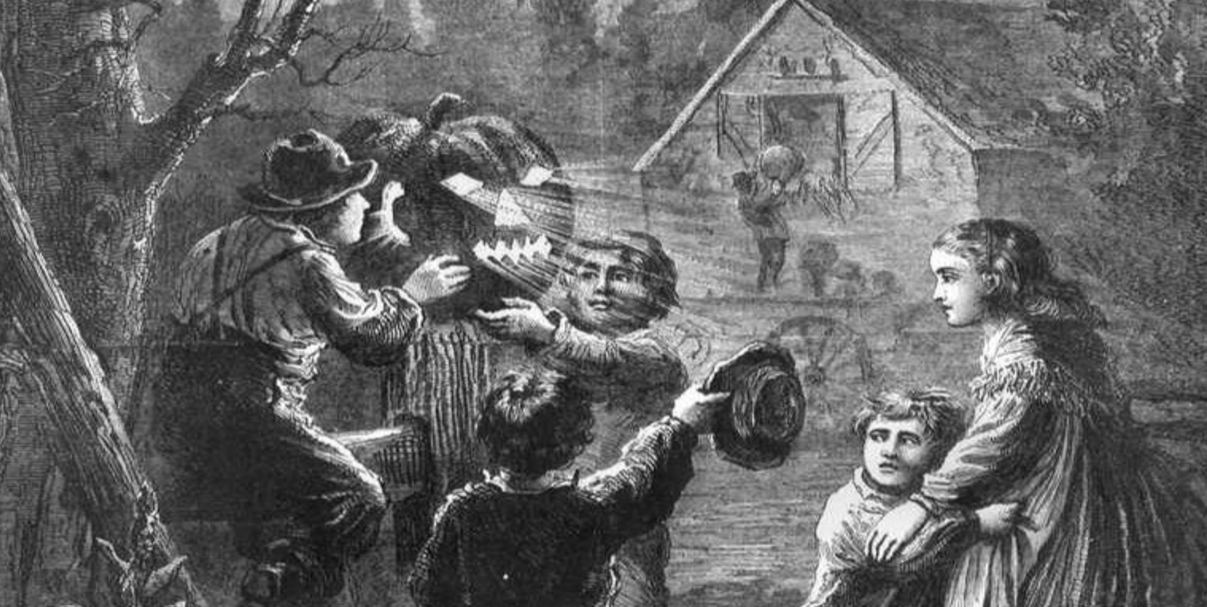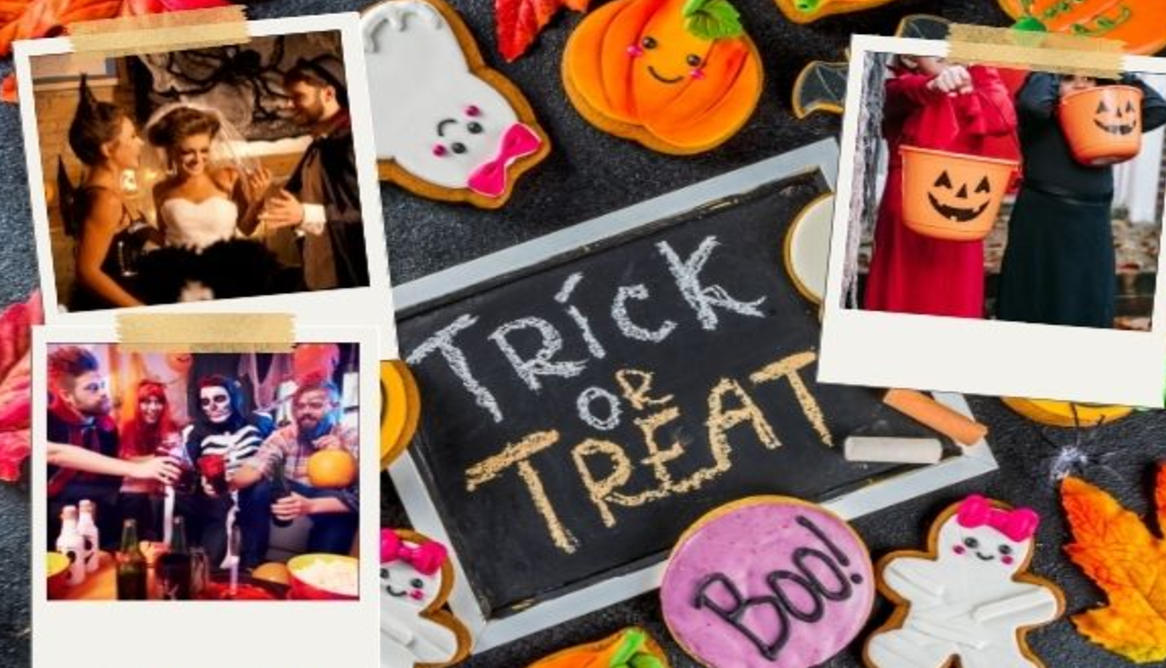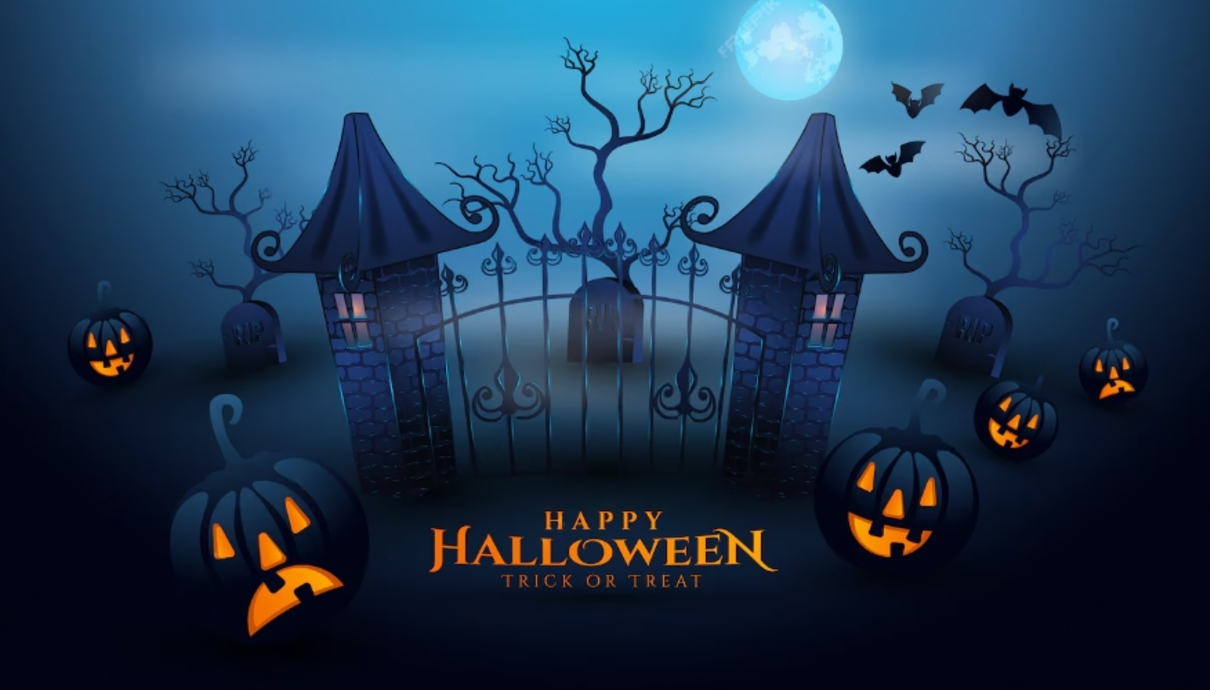By Penny Theodorakopoulou,
Celebrated on October 31st every year, Halloween has become one of the most popular and extensively observed festivals worldwide. Halloween, which has its roots in ancient customs, combines a variety of eerie, enjoyable, and reverent activities as people dress up as characters, carve pumpkins, and honor saints and spirits. Though there are some similar themes of mourning the dead and signaling the transition from fall to winter, Halloween celebrations vary greatly among civilizations and frequently reflect local customs and beliefs. Gaining knowledge about the history of Halloween and its various global manifestations might help one better understand how this ancient celebration has developed into a contemporary, multicultural phenomenon.
The origins of Halloween
The origins of Halloween may be traced back more than 2,000 years to the ancient Celtic holiday of Samhain, which is pronounced “sow-in” and is mostly observed by people in what is now northern France, the United Kingdom, and Ireland. Observed from the evening of October 31st to the next day, Samhain signified the conclusion of the harvest season and the start of winter. This date was particularly significant to the Celts because they thought that on this night, the line between the living and the dead was blurred, allowing the spirits of the dead to return to the world of the living.
To fend off wandering ghosts, people would dress in animal skins and ignite bonfires. In order to please the spirits, food sacrifices were also provided, and divination techniques were used to predict the future. The celebration was gradually impacted by Christian doctrine as Christianity grew throughout the ensuing centuries. To commemorate saints and martyrs, the Roman Catholic Church declared November 1st to be All Saints’ Day, sometimes called All Hallows’ Day, around the ninth century. All Hallows’ Eve —later abbreviated to Halloween— became the name of the preceding night.

Why we celebrate Halloween on October 31st
The celebration of Halloween has persisted on October 31st, preserving its association with Samhain, which was customarily observed on that day. The day marks the change from fall, when life is abundant and the harvest is symbolized, to winter, when death and the unknown are frequently associated. In keeping with old ideas about the thinned barrier between the worlds of the living and the dead, the night of October 31st still carries an aspect of magic, superstition, and link to the spirit world.
Both Christian observances and Celtic customs are the origins of the modern Halloween customs of trick-or-treating, costume dressing, and ghost stories. Trick-or-treating is believed to have its roots in the medieval tradition of “souling”, wherein individuals would visit homes and offer prayers for the souls of the deceaseds in return for “soul cakes”. The idea that ghosts haunt us on Halloween night and that disguises can help fight them off is echoed by ghost stories and costume dressing.
How Halloween is celebrated around the world
1. United States and Canada
Known for its extravagant decorations, haunted houses, costume parties, and pumpkin carving, Halloween is a highly marketed and joyous festival in North America. Children dress up in costumes and walk door-to-door looking for candy as part of the popular trick-or-treating custom in both the United States and Canada. Halloween parades are held in many areas, and adults frequently attend costume parties. Popular entertainment options that highlight the eerie and fun elements of the occasion include haunted attractions, corn mazes, and horror-themed events.
2. Ireland and the United Kingdom
In Ireland and the UK, where many old traditions are still followed in addition to contemporary Halloween customs, Halloween has deep origins. In Irish towns, bonfires are frequently lit as a tribute to the traditional Samhain fire ceremonies. In order to keep their connection to ghosts and supernatural knowledge, people may also tell ghost stories and play activities like bobbing for apples. Although trick-or-treating has only lately gained popularity, Halloween is frequently celebrated in the UK with parties, costume competitions, and decorations. Small objects baked into traditional meals, such as barmbrack (an Irish fruit bread), are sometimes used as fortune-telling symbols.

3. Mexico and Latin America
Halloween is commemorated with Día de los Muertos, often known as the Day of the Dead, on November 1st and 2nd in Mexico and many other Latin American countries. Día de los Muertos is a celebration of departed loved ones who are thought to return to the earthly realm to be honored by their family, in contrast to Halloween, which frequently focuses on warding off spirits. Intricate ofrendas (altars) are made by families and embellished with pictures, marigold flowers, candles, and the deceased’s favorite meals. Parades, traditional dances, and face painting —especially the recognizable calavera (skull) designs— are all part of the celebrations. Halloween emphasizes dread and the paranormal, but the festival reminds people of the joy and continuation of life.
4. Japan
Although they are relatively new, Halloween celebrations in Japan have grown in popularity recently, particularly among young adults in large cities. For example, Tokyo’s Shibuya is well-known for its enormous Halloween Street celebration, where guests dress as everything from anime characters to classic monsters. Halloween in Japan is more about cosplay, parties, and themed events than it is about trick-or-treating. In addition, a lot of theme parks, such as Universal Studios Japan, provide eerie Halloween attractions that attract visitors from all over the nation.
5. Italy and Spain
Halloween has begun to acquire popularity in Italy, especially among younger people. Pumpkin decorations, parades, and costume parties are all part of the Halloween festivities in Italy. Additionally, Italy observes religious festivals honoring departed loved ones on November 1st and 2nd, known as All Saints’ Day and All Souls’ Day. A traditional chestnut celebration called La Castanyada is held in Spain, especially in Catalonia, to commemorate Halloween. People consume sweet potatoes, roasted chestnuts, and panellets, which are little almond pastries that are thought to represent remembering the deceased.
6. Philippines
All Saints’ Day and All Souls’ Day are intimately associated with Halloween celebrations in the Philippines. Families visit cemeteries to clean, decorate, and offer prayers for the remains of their departed family members as part of the Philippine custom known as Undas. Family get-togethers to remember the deceased remain the primary focus, despite the popularity of Halloween costume parties among metropolitan youth. In pangangaluluwa, an ancient custom akin to trick-or-treating, some Filipino kids perform songs in return for money, food, or prayers.

7. Germany
Halloween was added to the German holiday calendar in the 1990s, making it a relatively recent inclusion. Since then, it has gained popularity, especially in cities where Halloween parties are hosted, and kids go trick-or-treating. While some Germans go to theme parks for ‘horror nights,’ others also carve pumpkins. In order to balance the secular elements of Halloween with customary celebrations, Germany celebrates Allerheiligen (All Saints’ Day), a Christian holiday, on November 1st. People visit cemeteries to pay their respects to their departed family members.
8. China
The “Hungry Ghost Festival”, which takes place during the seventh lunar month, is a holiday that is comparable to Halloween but is not customarily observed in China. Offerings are offered during this event to placate the roving ghosts, who are thought to be free to roam the world. Western Halloween celebrations have gained popularity in metropolitan regions in recent years, with young people in places like Beijing and Shanghai enjoying costume parties, decorations, and themed events.
Halloween’s growing global influence
Halloween continues to take on new meanings and customs as it gains international recognition. Halloween has been culturally modified in many countries, fusing Western festivities with native practices and religious holidays. Halloween may flourish in many cultures with a distinctive local twist because of the holiday’s globally appealing basic concepts of mystery, connection to the spirit world, and celebration of the unknown.
In the contemporary world, Halloween serves as a reminder of people’s ongoing preoccupation with life, death, and the paranormal in addition to being a time to dress up and seek for thrills. Halloween’s customs may vary from one culture to another, but its spirit of celebration and remembering, unites people and connects traditional customs with contemporary celebrations that enthral people year after year.
References
- History of Halloween. history.com. Available here
- The Origins of Halloween Traditions. blogs.loc.gov. Available here
- How Halloween is celebrated around the world. npr.org. Available here
- Halloween Traditions from Around the World. helloglobo.com. Available here




